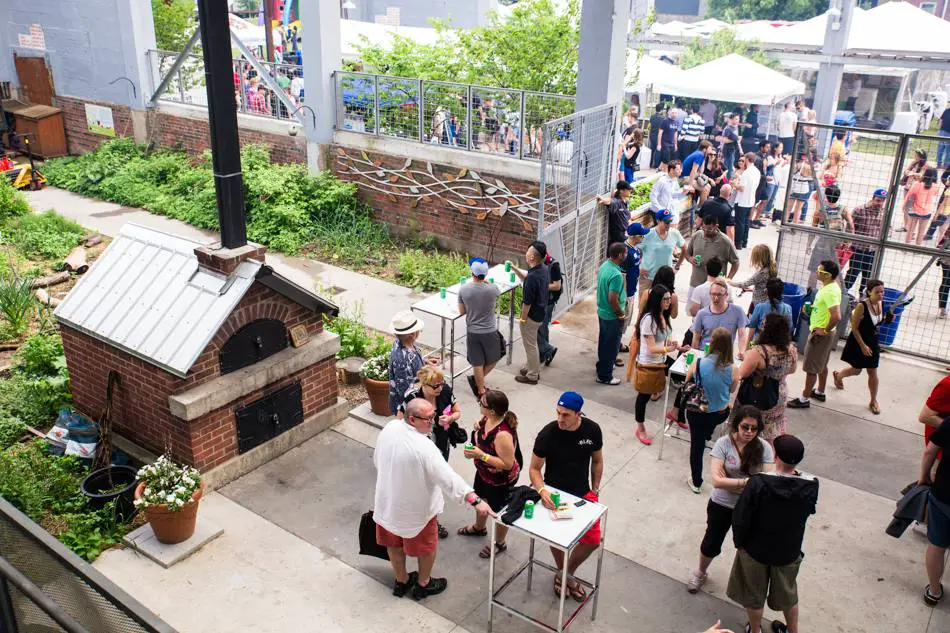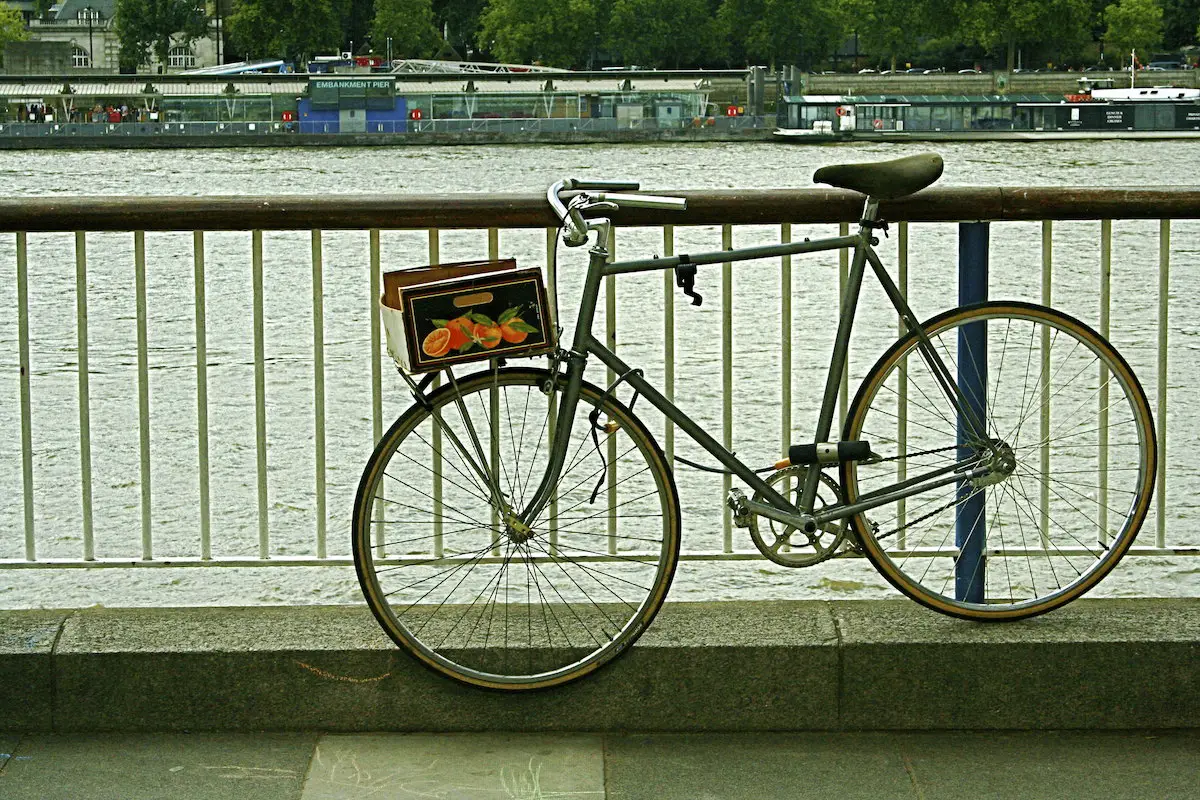The Los Angeles Department of Transport said “for the bike to catch on we need a revolution in our (bicycle) infrastructure”. This is true, but infrastructure – of any type – is expensive. Governments, contractors and financiers around the world are increasingly ‘cash strapped’. Not only do we need a revolution in the type of bicycle infrastructure we design and build but also in the way we fund and finance infrastructure projects.
A revolution in thinking about the way we design bicycle infrastructure
After being awarded the 2008 AITPM Janet Brash Memorial Scholarship, I was able to facilitate focus groups with those often underrepresented as cyclists; women, children and seniors. In addition to this, visiting 24 of the world’s ‘cycling cities’ allowed me to develop a revolutionary concept for bicycle infrastructure; ‘Cycling Super Highways’ – a network of 7.7 metre wide dedicated cycle paths completely separated from parked/moving vehicles which are wide enough, safe enough, and practical enough for everyone to use, regardless of age or ability (you can download the full study here).
A revolution in thinking about the way we fund bicycle infrastructure
‘Out-of the-box’ ideas are needed to finance the prophesied travel behaviour change from our incessant and predominant car culture to increased use of sustainable transport modes such as cycling. Four infrastructure funding options that cities could implement in order to create their own ‘Cycling Super Highways’ include:
- Carbon offset ‘collective’ fund – rather than offsetting our carbon to numerous different private and public sector organisations/agencies such as airlines, we would continue to offset, but funds would be pooled in our own cities or neighbourhoods to finance new cycle infrastructure such as bikeways to schools or workplaces. In this way we are part of the ‘solution’ as well ‘offsetting’.
- Area wide developer contribution programmes – rather than each private developer contributing to mitigate transport impacts adjacent to their site, governments could facilitate workshops with groups of developers and/or landowners to discuss pooling mitigation money into ‘larger’ or ‘legacy’ sustainable transport projects such as an arterial cycleways to aid wider/numerous cycling catchments.. helping more people to be part of the sustainable transport ‘solution’.
- Utilisation of open spaces and parklands – rather than trying to retrofit or construct incomplete cycle networks, sensitively create ‘cycling corridors’ by linking open spaces and parklands, grass verges, easements, drainage and utility corridors and river frontages in partnership with parks and recreation agencies. The opportunities are more often than not right there – we just can’t see the wood for the trees!
- Maximum car parking standards – rather than trying to encourage car drivers to use more sustainable transport modes through travel demand management practices, cities could consider establishing maximum car parking standards for commercial and residential and financially penalise those who do not adhere, using the funds to pay for bicycle infrastructure.
Unconventional thinking is needed if the bike is going to catch on in our car culture. Cities need to think differently about how they plan, design, fund and build bicycle infrastructure so that the bicycle can be an equal mode of transport. If this goal can be worked towards, more people really will be encouraged to ride bikes more of the time – not because they are cyclists, but because riding a bike is a normal, safe, easy and fun thing to do.


